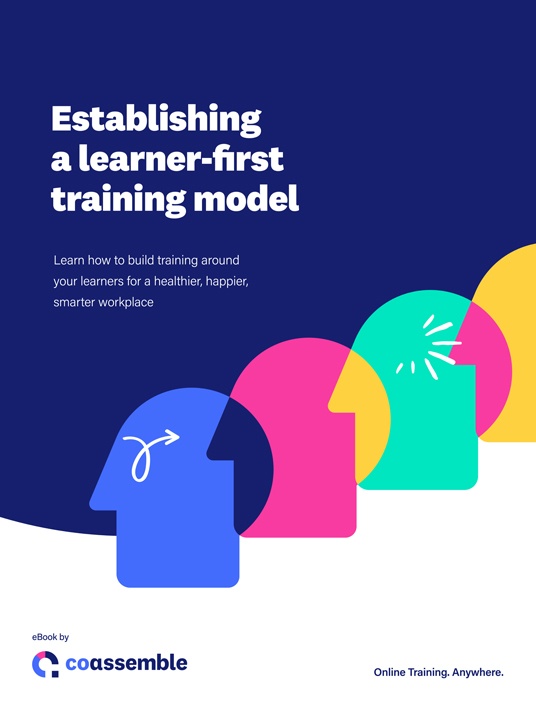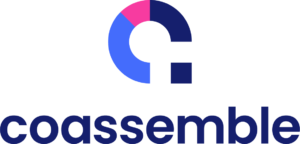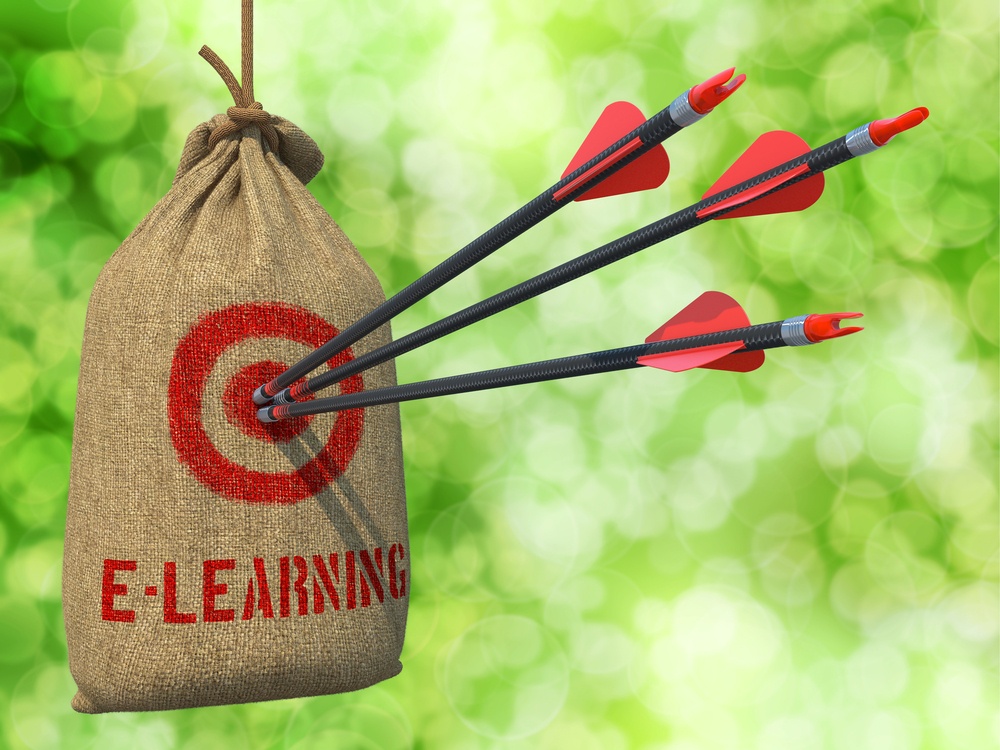Identifying Learning Goals In A Learner-First Training Model
In a learner-first training approach, trainers always start with the learner. The learner is the basis for every aspect of a company's training strategy; from the company's learning goals to their learner pathways, to the tools that they choose to train and the way they design their training.

Whilst this may seem like common sense, it's actually not what a lot of trainers do.
Defining Your Learning Goals: Why Planning Is As Important As Implementation
In current training models, many trainers spend far more time on implementation than they do on planning. For example, trainers will often dive straight into using the tools that they have on hand before stopping to answer key questions such as:
- Who am I training?
- What are my learning goals?
- Is my learner pathway clearly structured?
- Do I understand how each of my tools fits into my broader digital learning strategy?
In the learner-first training model, planning is valued as highly as implementation. Without a clear understanding of your learners and the broader digital learning strategy, your tools will be largely ineffective. Put simply, a tool is only as effective as the strategy behind it.
Only once you’ve clearly evaluated your learners and defined your learning goals, should you move onto building, designing and testing your training.
In a previous article [1], we spoke about the importance of developing a comprehensive understanding of your users by establishing clear learner personas.
Establishing clear learner personas should help you answer the following questions:
- Who are my learners?
- Why are they learning?
The next step in executing a learner-first training model is to define your learning goals. This will help answer:
- What do my learners need to learn?
- What do my learners already know?
- What knowledge do I need to share?
Combined, these two sets of questions will create a solid foundation from which to begin building your training strategy. By spending time, in this stage, to better understand your learners, you’ll reap the rewards when it comes to implementation: you’ll have clarity over what you’re doing and why, you will be able to make a business case to upper management on the importance of your training strategy, and know how to measure the success of your learning outcomes.
Identifying Your Learning Requirements: What Do My Learners Need To Learn?
Defining your learning requirements means knowing exactly what your learners need to learn. Whilst this may sound obvious, it can get a little more tricky as your learner base grows.
For example, you may be developing a company-wide training course for a new core product offering. Your sales team will need to learn the key sales features of the new product, how to successfully demonstrate it to potential customers, and potential objections they may encounter around purchasing the product. Your customer success team may need to learn more about how the product is engineered; they don’t necessarily have an interest in key sales features or demonstrations, as they’re dealing with customers who have already bought the product.
Learning requirements go deeper than basic distinctions like department and geographic region. For example, one section of your sales team may be selling your new product to a certain target market - say, wholesalers. Their product training should focus on the product from the view of the wholesaler.
That’s not to say that you should be building different training for each of your individual learners; realistically, most trainers simply won’t have the time to do this. Instead, we recommend establishing learner personas and listing each of their different learning needs.
Locating Knowledge Gaps: What Do My Learners Already Know?
Next, you’ll need to gain an understanding of what your learners already know. One surefire way to kill engagement levels is to try and teach your learners something that they’ve already learned. By locating knowledge gaps and focusing your training around them, you’ll ensure that precious training time isn’t wasted.
Here are some ways you can locate knowledge gaps in your business:
- Develop a pre-testing survey around your topic of training
- Analyze past training and test results
Remember: The more you can tailor your training strategy to individual learners, the more effective it will be. We recommend revisiting your learner personas and locating knowledge gaps for each persona. For example, if your training is around workplace safety, you could deliver a survey around that topic to each of your learner personas. By evaluating your survey results, you may find that one learner persona has a solid grasp of workplace safety, whilst another is sorely lacking in comprehension. Knowledge gap located!
If you’re a larger organization with a sizeable training budget, you can use emerging technologies to locate knowledge gaps in real time. Adaptive learning platforms are a great example of emerging learner-first technology.
Adaptive learning technologies are able to locate knowledge gaps in real time, automatically evaluating a learner’s understanding of a concept and adjusting their learning pathway to suit that level of understanding.
For example, if Jane from HR repeatedly struggles with questions around social media use in the workplace, an adaptive learning technology would give her extra content and questions around that topic as she progresses through her training pathway. If Sarah from Finance aced her social media use questions and had a clear understanding of the topic, an adaptive learning technology would move her on to a new learning concept. This ensures that concepts are skipped when they are fully grasped by the learner, and further developed when not.
Whilst they may seem like an innovative idea, adaptive learning platforms are actually just an automated version of what a good learner-first trainer does when locating knowledge gaps: identify holes in their learners’ understanding and plan their learning pathways accordingly.
On a budget? With a bit of extra effort, you can set up adaptive learning pathways using tools like Typeform and embed them within a Coassemble course to replicate the adaptive learning technologies used by Fortune 500 companies.
Defining Learning Goals: What Knowledge Do I Need To Share?
The final step in defining your learning goals is to combine your learning requirements with your knowledge gaps.
By starting with what your learners need to learn, and taking away what they already know, you’ll be able to identify the knowledge that you need to share in your training to hit your learning goals.
The following equation puts it simply:
- (What do my learners need to know?) - (What do my learners already know?) = What knowledge do I need to share?
Complete the above for each of your learner personas, and you’ll have a detailed and accurate list of learning goals.
Here’s a link to a template that will allow you to visualise all your learning requirements and knowledge gaps for each of your learner personas in one place, and work out exactly what knowledge you need to share.
If you’ve finished this article with a set of learner personas and a clear understanding of your learning goals, allow yourself a quiet fist pump; you’ve paved the foundations for a comprehensive learner-first training strategy.
The next part, i.e. building it, is easy. We’ll be back with an article on how to use your knowledge of the learner to create a watertight learner pathway.
Wondering how to implement your own learner-first training model? Download the eBook Establishing A Learner-First Training Model and discover the step by step process on how to perfectly execute the goal of making the learner have success. Also, discover how to incorporate career mapping into your digital training strategy using a learner-first approach through the Webinar 6 Steps To Incorporate Career Mapping Into Your Digital Training Strategy.
Read more:









